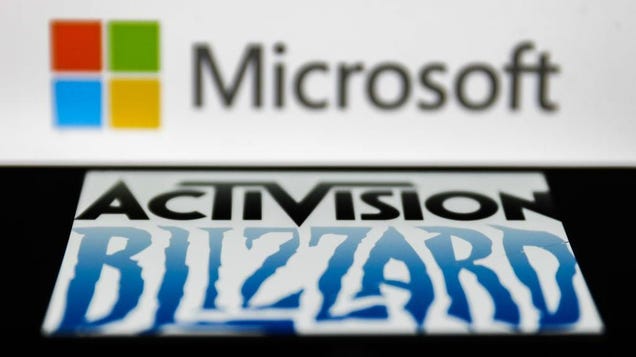Frederick P. Brooks Jr., whose innovative work in computer design and software engineering helped shape the field of computer science, died on Thursday at his home in Chapel Hill, N.C. He was 91. His death was confirmed by his son, Roger, who said Dr. Brooks had been in declining health since having a stroke two years ago. The New York Times reports: Dr. Brooks had a wide-ranging career that included creating the computer science department at the University of North Carolina and leading influential research in computer graphics and virtual reality. But he is best known for being one of the technical leaders of IBM’s 360 computer project in the 1960s. At a time when smaller rivals like Burroughs, Univac and NCR were making inroads, it was a hugely ambitious undertaking. Fortune magazine, in an article with the headline “IBM’s $5,000,000,000 Gamble,” described it as a “bet the company” venture.
Until the 360, each model of computer had its own bespoke hardware design. That required engineers to overhaul their software programs to run on every new machine that was introduced. But IBM promised to eliminate that costly, repetitive labor with an approach championed by Dr. Brooks, a young engineering star at the company, and a few colleagues. In April 1964, IBM announced the 360 as a family of six compatible computers. Programs written for one 360 model could run on the others, without the need to rewrite software, as customers moved from smaller to larger computers. The shared design across several machines was described in a paper, written by Dr. Brooks and his colleagues Gene Amdahl and Gerrit Blaauw, titled “Architecture of the IBM System/360.”
“That was a breakthrough in computer architecture that Fred Brooks led,” Richard Sites, a computer designer who studied under Dr. Brooks, said in an interview.
But there was a problem. The software needed to deliver on the IBM promise of compatibility across machines and the capability to run multiple programs at once was not ready, as it proved to be a far more daunting challenge than anticipated. Operating system software is often described as the command and control system of a computer. The OS/360 was a forerunner of Microsoft’s Windows, Apple’s iOS and Google’s Android. At the time IBM made the 360 announcement, Dr. Brooks was just 33 and headed for academia. He had agreed to return to North Carolina, where he grew up, and start a computer science department at Chapel Hill. But Thomas Watson Jr., the president of IBM, asked him to stay on for another year to tackle the company’s software troubles. Dr. Brooks agreed, and eventually the OS/360 problems were sorted out. The 360 project turned out to be an enormous success, cementing the company’s dominance of the computer market into the 1980s. “Fred Brooks was a brilliant scientist who changed computing,” Arvind Krishna, IBM’s chief executive and himself a computer scientist, said in a statement. “We are indebted to him for his pioneering contributions to the industry.”
Dr. Brooks published a book in 1975 titled, “The Mythical Man-Month: Essays on Software Engineering.” It was “a quirky classic, selling briskly year after year and routinely cited as gospel by computer scientists,” reports the Times.
Read more of this story at Slashdot.
Source: Slashdot – Frederick P. Brooks Jr., Computer Design Innovator, Dies at 91








